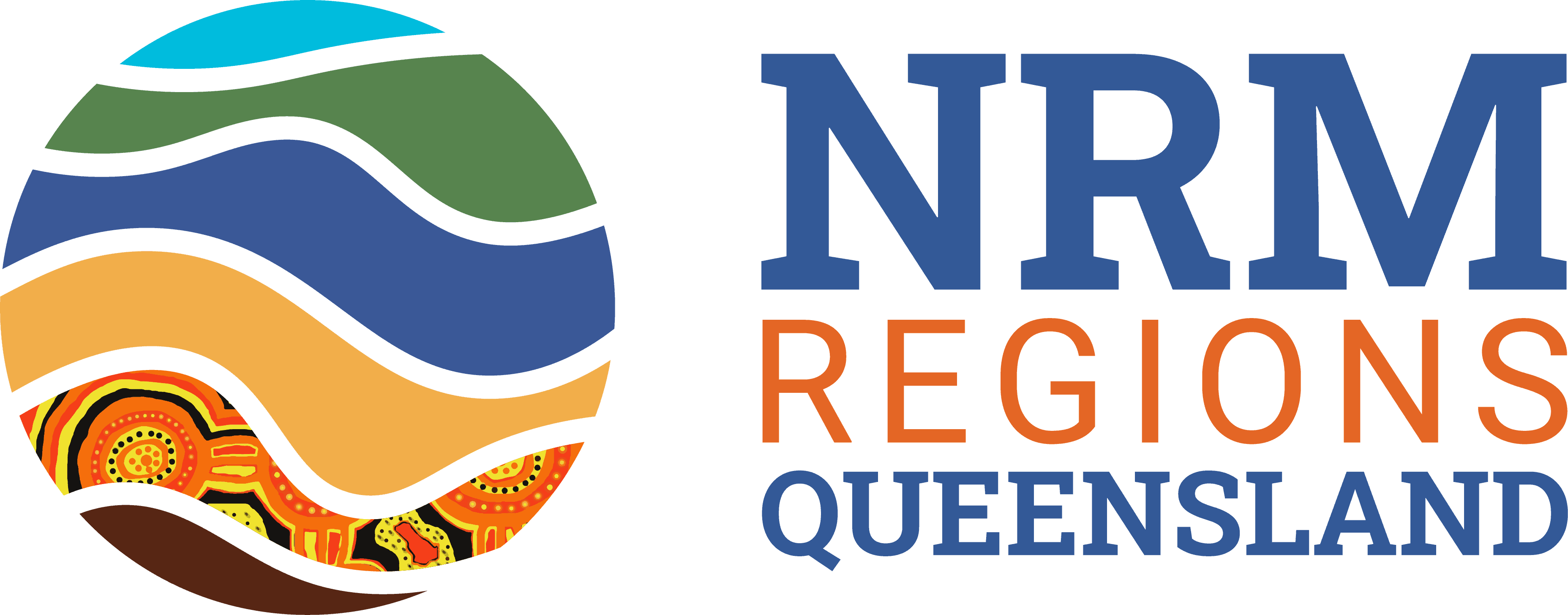Measuring the impact of our natural resource management work can sometimes be a challenge. It’s one thing to count the number of trees planted or cubic metres of weeds removed, but it’s another thing entirely to quantify impacts on regional economies, let alone on the condition of land. And doing so is critical to building a value proposition that will attract ongoing investment in an increasingly competitive world.
In 2021, the Queensland Government invested $500,000 to support NRM Regions Queensland to collect quantitative data around the sector’s impact. The data was to be used to inform future investments in natural resource management by the State.
The following research projects were commissioned by NRMRQ:
- Socio-economic impact of the regional NRM sector – measuring the socio-economic impact of the regional NRM sector in terms of economic contribution, employment, leverage and project delivery efficiency (EY).
- Skills assessment of the regional NRM sector – and opportunities to grow regional capability and employment and the value this brings to regional economies (EY).
- Identifying Queensland’s natural assets and threats – and mapping of State-wide ‘heat maps’ (both current and future) as well as flagging opportunities for improved asset identification in regional NRM plans (Alluvium)
- Impact of NRIP investments – particularly through the State-wide Indicators Framework and its influence on government priorities (Alluvium)
- Components of successful NRIP projects – including monitoring costs, and guidance on future priorities based on heat maps and regional datasets
- Market research – capturing stakeholder (customer) feedback from Ministerial advisors, senior bureaucrats, peak bodies, landcare and land managers including those engaged in NRM programs as well as those who choose not to be.
The findings from those research reports were then used to develop a Business Case for ongoing investment into Queensland’s NRM sector.
Download our summary infographics here:
Economic contribution of the regional bodies
Skills contained within regional bodies and those outsourced
Queensland’s assets & threats and the impact of NRIP investment
Learnings from the NRIP program
What the customers & stakeholders of NRM understand and want
Telling compelling stories about natural resource management in Queensland
